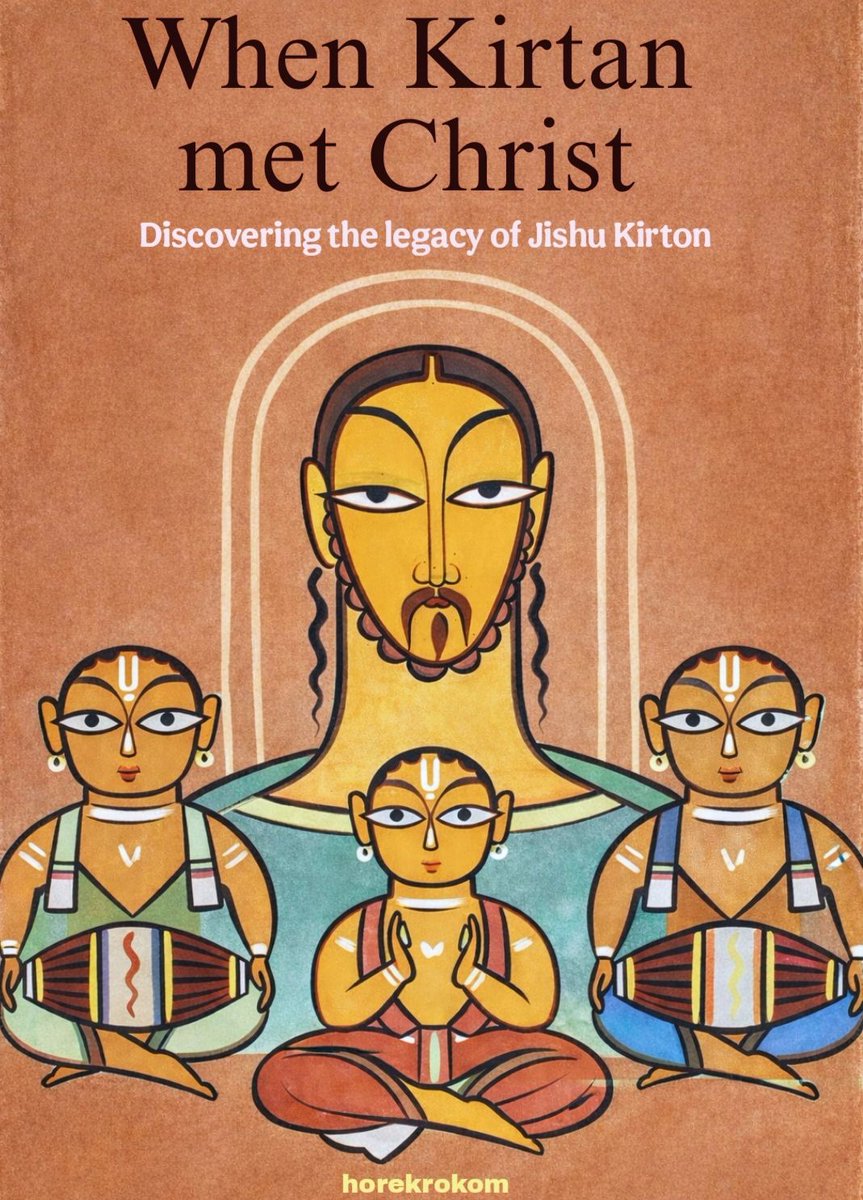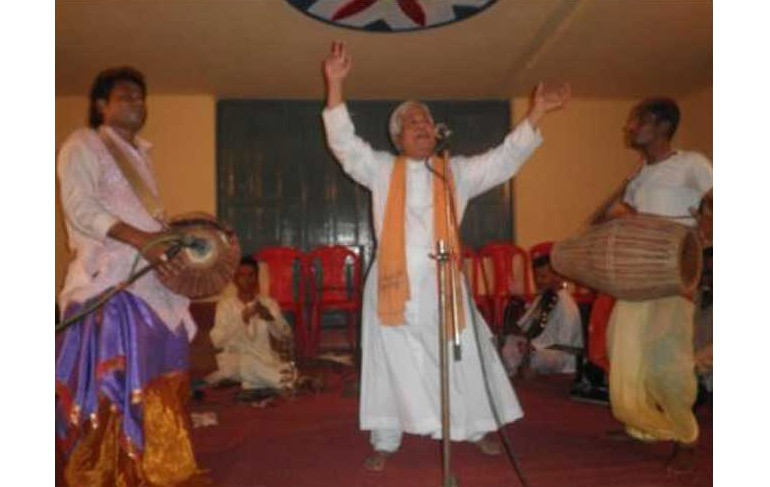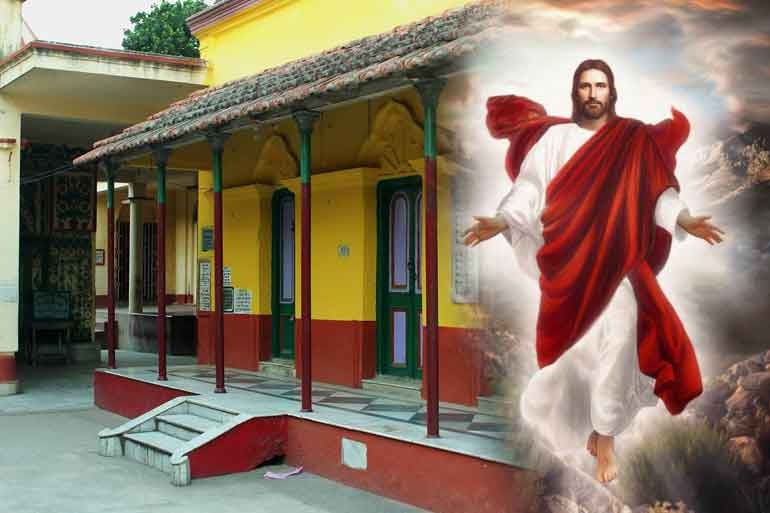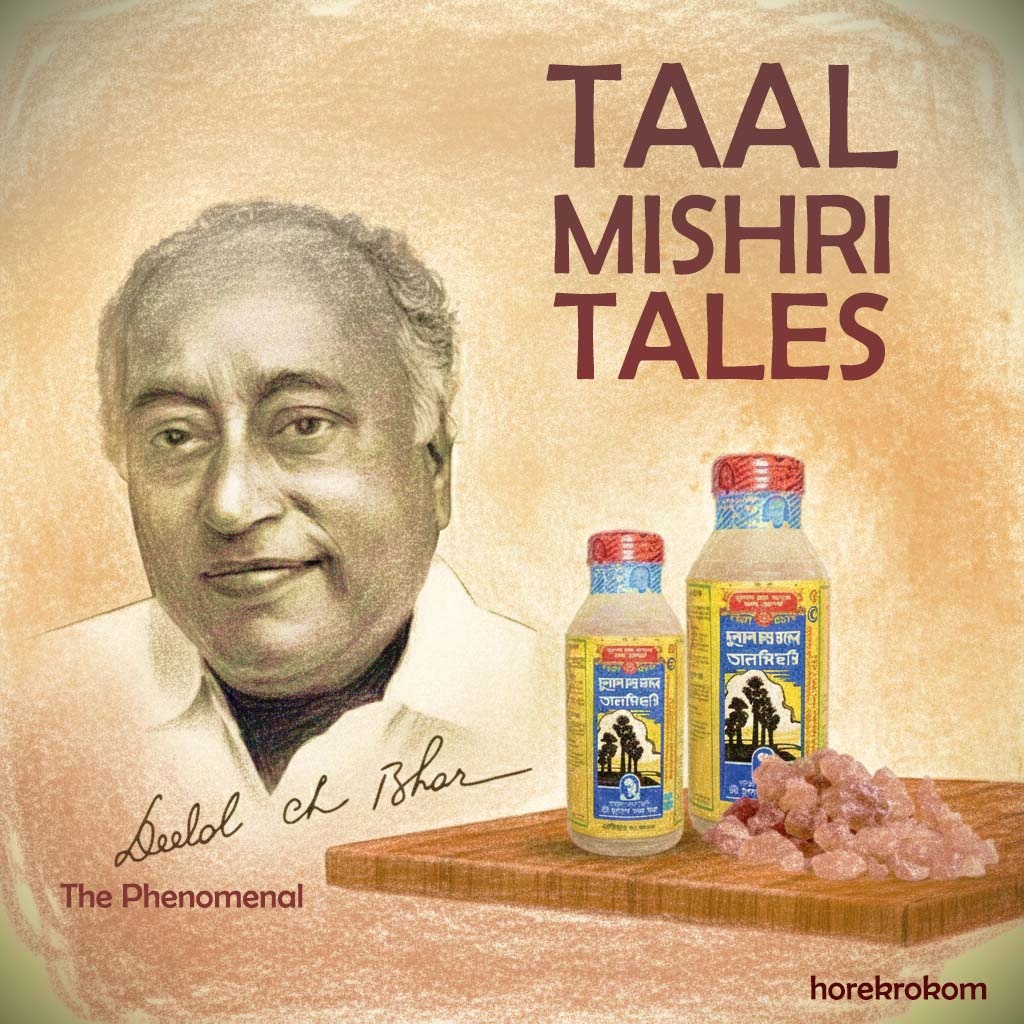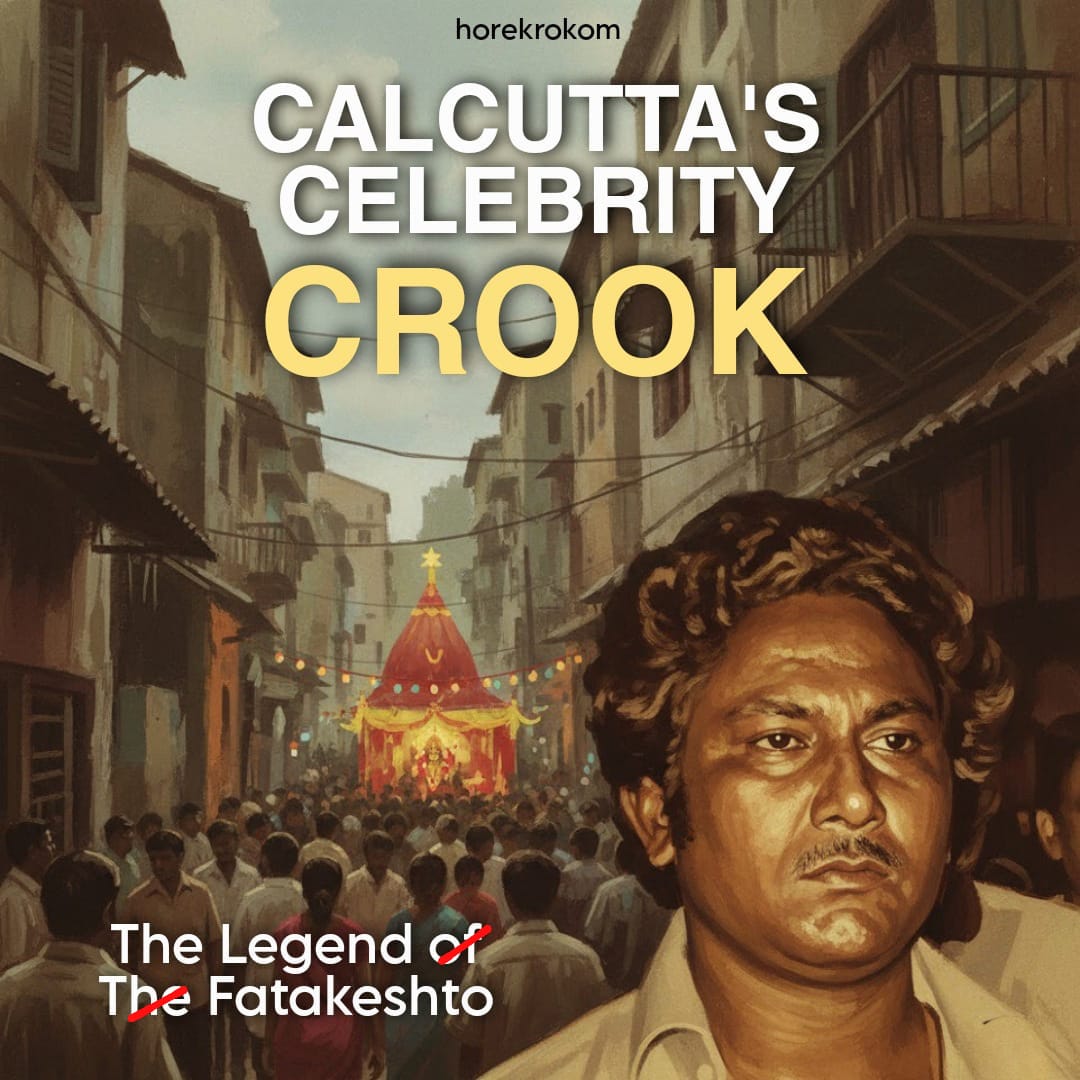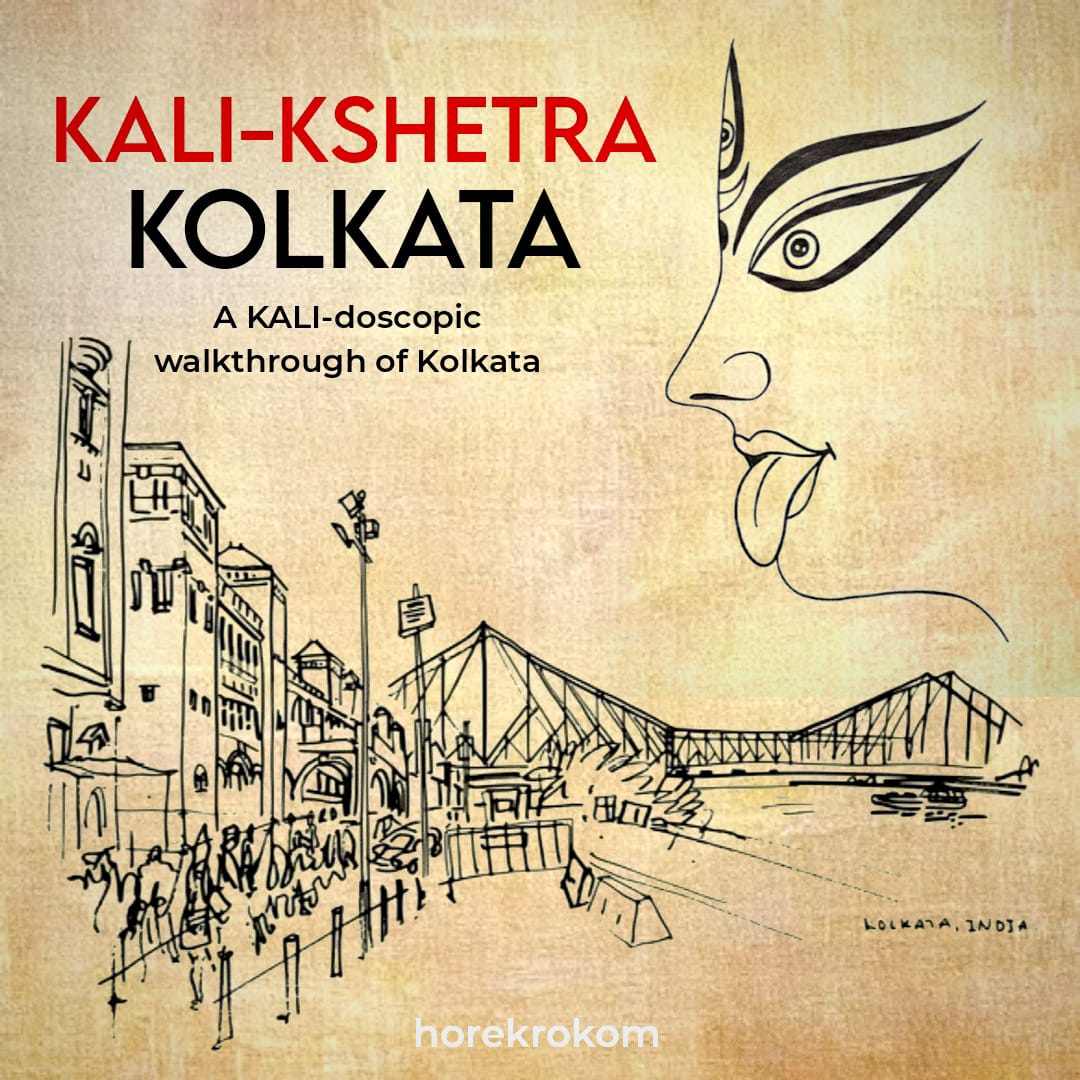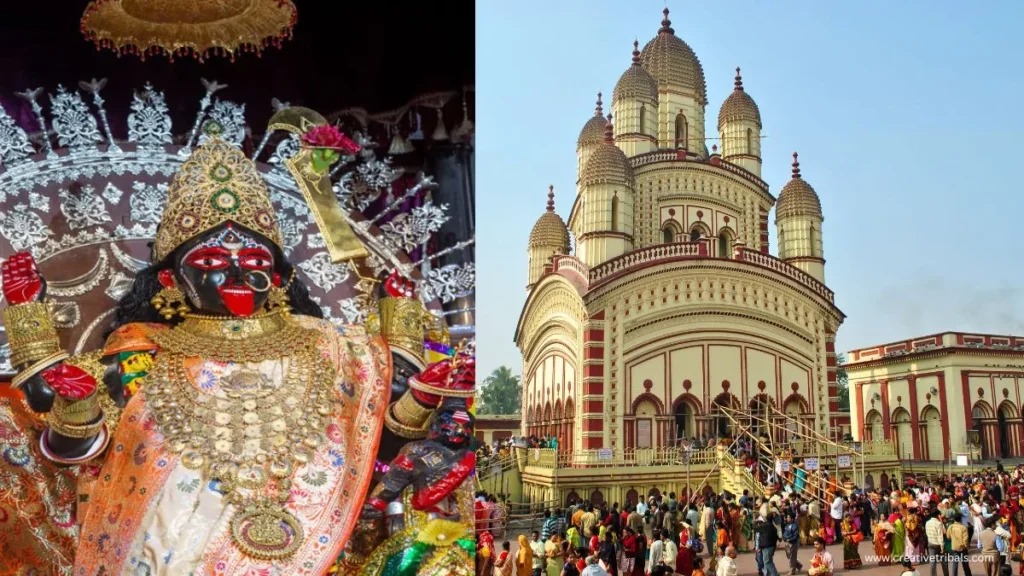The Great Escape in pictures:
On the Occasion of Netaji’s Birth anniversary presenting an illustrative series on Netaji’s Great Escape from Calcutta to Berlin originally done for @satyanewshi's thread as an humble tribute to one of the tallest leader of our freedom struggle
On the Occasion of Netaji’s Birth anniversary presenting an illustrative series on Netaji’s Great Escape from Calcutta to Berlin originally done for @satyanewshi's thread as an humble tribute to one of the tallest leader of our freedom struggle

1. Subhas Bose dressed up as as Md. Zia Uddin on 16Jan 1941 to fool the British sleuths as he plotted his escape . 
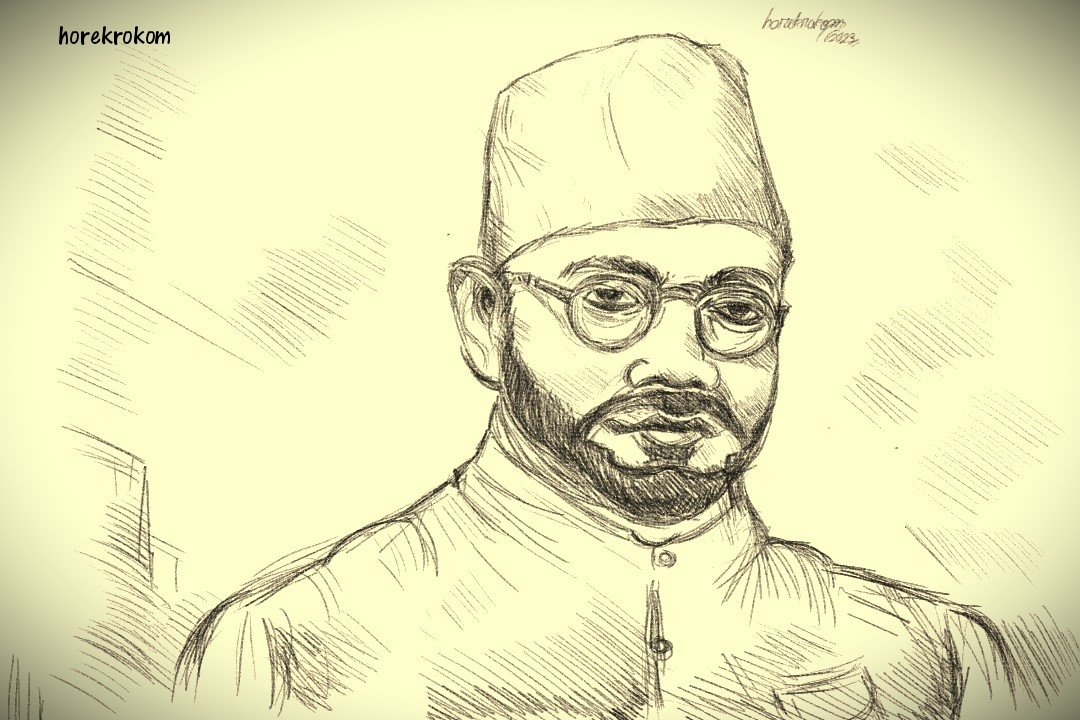
7. As Bose escape became known to British govt 10 days later i.e on 26 Jan ,1941.British Viceroy Linlithgow was enraged with Governor Herbert. 

To know in detail the fascinating history of Great escape from Calcutta to Kabul
Read this Thread -
Read this Thread -
https://twitter.com/satyanewshi/status/1614990707550457862?s=46&t=UY5Zq8Z5InDnefLNo18rzQ
To know in detail the fascinating history of Great escape from Kabul to Berlin
Read this Thread
Read this Thread
https://twitter.com/satyanewshi/status/1617008856512753665?s=46&t=UY5Zq8Z5InDnefLNo18rzQ
“ Life loses half its interest if there is no struggle-if there are no risks to be taken.” — Subhas Chandra Bose
END.
END.

• • •
Missing some Tweet in this thread? You can try to
force a refresh











